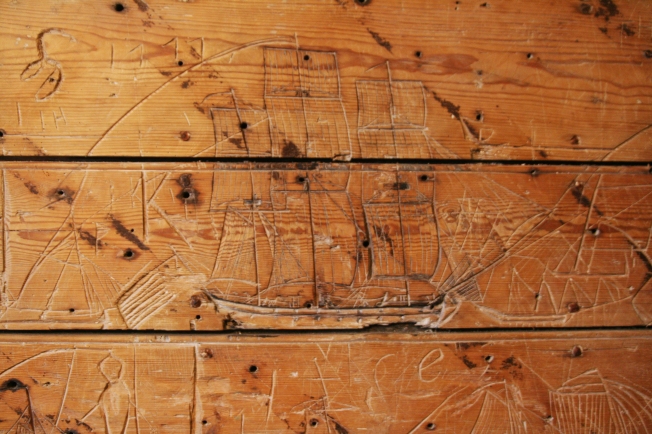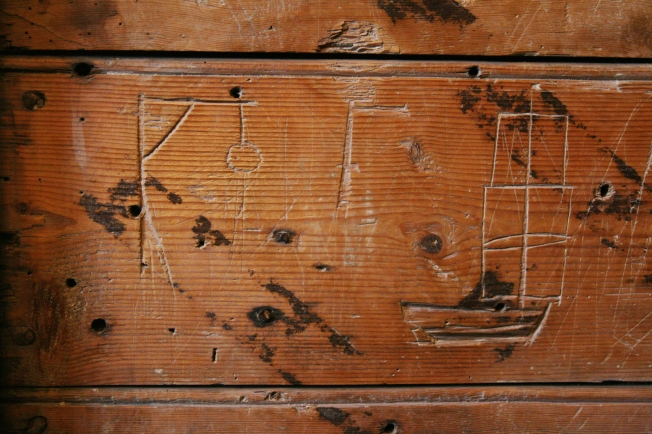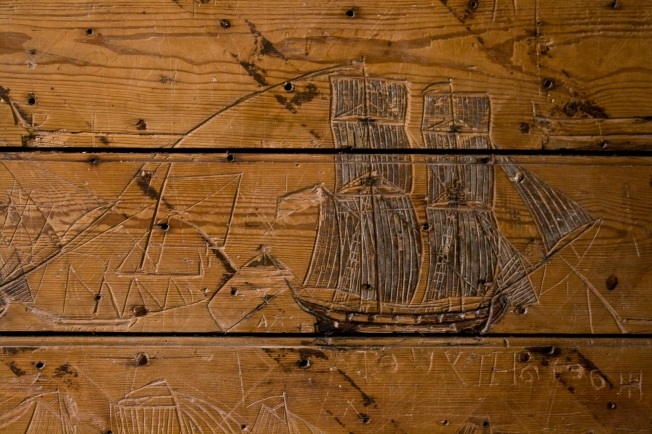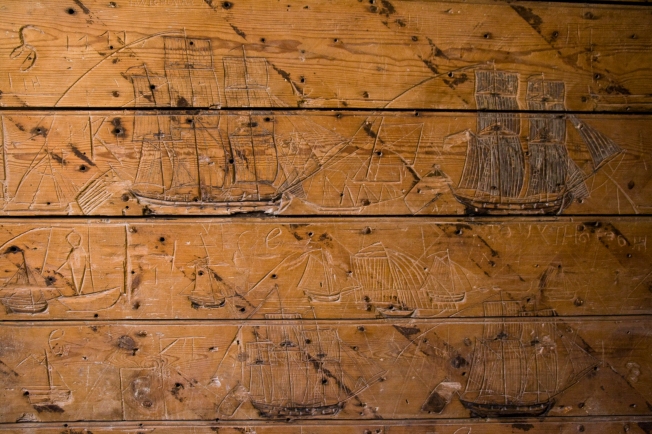This blog promises ‘some pictures and things’, and today I take a break from the ‘some pictures’ to write about the ‘and things’.
I wouldn’t usually dignify anything from the Daily Mail with a response, but this article from education secretary Michael Gove just can’t be let go without comment.
The focus of Gove’s article is that anyone who opposes his sweeping plans for change to our education system are ‘enemies of promise’, who for their own ideological reasons want to prevent talented youngsters from achieving their full potential by denying them the opportunities to succeed that they deserve. For reasons he doesn’t quite explain, he identifies these ‘enemies’ as ‘Marxists’ from ‘the Red Planet’.
Gove was writing in response to this letter in the Independent from 100 academics criticising his plans for a new curriculum. The signatories of the letter warned of ‘the dangers posed by Michael Gove’s new National Curriculum which could severely erode educational standards. The proposed curriculum consists of endless lists of spellings, facts and rules… This will put pressure on teachers to rely on rote learning without understanding.’ They also point out that ‘Little account is taken of children’s potential interests and capacities’ and criticise the curriculum for being ‘extremely narrow’, with the ‘mountains of detail for English, maths and science [leaving] little space for other learning’. The highly prescriptive curriculum has also ignored expert advice.
To explain my perspective on all this, a little background might be useful. I went to a Church of England primary school in the 1990s, and then a comprehensive high school, followed by an undergraduate degree at Cambridge and a Masters at UCL.
The other major factor which has shaped my attitude towards what is right and wrong with our current education system is having grown up with a teacher for a mother. I used to want to be a teacher, but my mum’s experiences of the profession have put me off for life. She has done a range of different jobs within the teaching profession, and has seen a full spectrum of the good, the bad and the ugly within England’s schools. She trained in the late 1970s, being among the first cohort to undertake the new Bachelor of Education degree at the University of Durham. Her first two posts were as a History teacher in secondary schools, followed by a short stint in a special school. She then had a career break while my brothers and I were pre-school age, and gradually returned to work, first as a primary school class teacher, then in a pupil referral unit, then as a SENCo, and now as a specialist speech and language teacher. This is a peripatetic role, travelling to lots of different schools to monitor and advise on children with speech, language and communication needs.
My education at school is perhaps best described as ‘average’; it was by no means perfect, but I can’t see anything in the new plans that can be counted as an improvement.
I think that everyone can largely agree on the desired outcome of our education system; schools and universities should equip children with the knowledge and skills they need to make their way in life as adults. The disagreements begin when it comes to deciding what exactly the required knowledge and skills are, and how best to teach them.
Gove states that ‘Our education system should give all children the tools they need – mastery of English, fluency in arithmetic, the ability to reason scientifically, a knowledge of these islands and their history – to take their place as confident, modern citizens.’
But this is just one idea of what children need. Since history is my specialism I particularly take issue with his ‘island story’ approach, and also the total absence of any kind of outlet for creativity as one of the system’s core values. All children are different and have different needs, talents and learning styles – one size certainly does not fit all.
Over the last two decades, school education has become ever more prescriptive. My time at primary school coincided with the introduction of the National Curriculum, but I will be forever grateful that I just missed out on the literacy and numeracy hours. My younger brother wasn’t so lucky, and had to spend his young life knowing that he’d start every school day with an hour of English and maths.
Gove accuses the ‘enemies of promise’ of ‘actively trying to prevent millions of our poorest children getting the education they need’ because of their ‘Marxist’ ideologies. Leaving aside that fact that he never explains how this supposed plot to keep poor children down relates in any way to Marxist ideology, how he can claim to be ‘determined to do everything I can to help the poorest children in the country’ while being part of a government that has trebled university tuition fees displays a remarkable moral flexibility.
Gove also refers to his plans to abolish coursework in GCSEs and A Levels and return to a system where students are assessed entirely on exams at the end of a two year course.
To me, this seems like a hugely retrograde step. Schoolwork was always the main thing that I was good at, but by the time of my GCSE exams I was a nervous wreck. I was ill throughout the entire 5 weeks of exams, and nearly threw up in English Literature. It was one of the worst experiences of my life up to that point, and would have been so much worse if it was my only opportunity to get good marks. Exams do not suit everyone, and are not necessarily a good reflection of ability. A system that balances some elements of coursework alongside exams gives more students a chance to display their abilities at their best.
The government – and Michael Wilshaw’s Ofsted – also consistently ignore the social problems which many teachers face in their classrooms every day. Too many children are being sent to school underfed, sleep-deprived, in unwashed clothes, engulfed in problems at home. On one of my mum’s school visits recently, the Reception class teacher she was talking to had to keep excusing himself to go and change children’s nappies, something which would have been totally unthinkable when I was at primary school. Rather than constantly criticising teachers and issuing new diktats, the government and Ofsted should be supporting them in dealing with problems like this.
With the whole gamut of education professionals from teachers to university departments opposing his plans, the fact that Gove seems to think he is on a one-man crusade on the side of right displays a breathtaking degree of arrogance. When so many people point out problems with your plans, you need more of a response than stamping your feet and calling anyone who disagrees with you a Marxist.























































































































